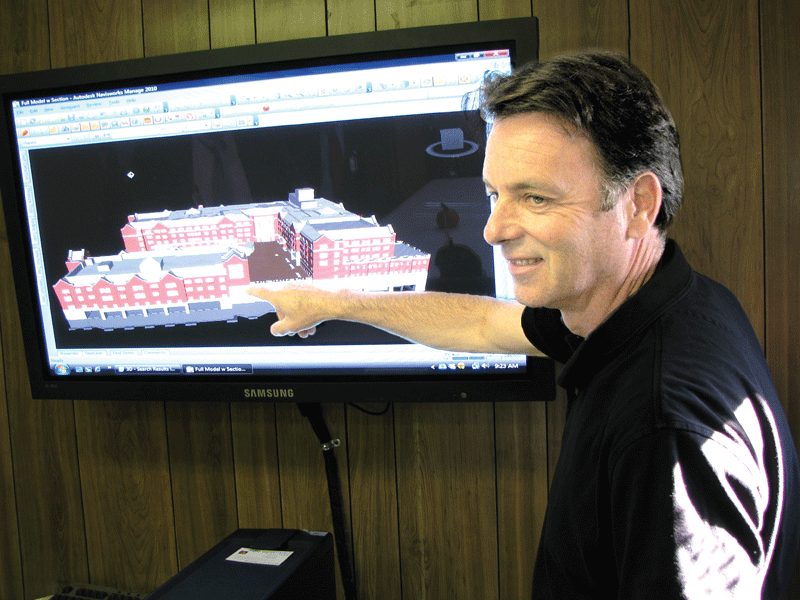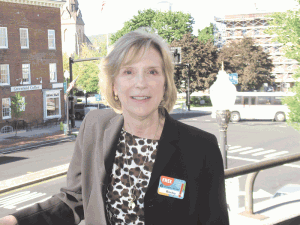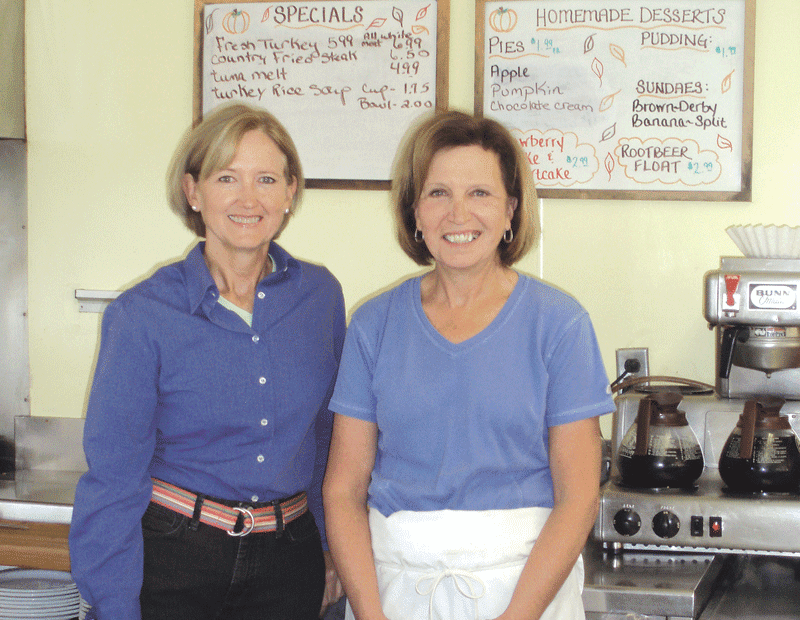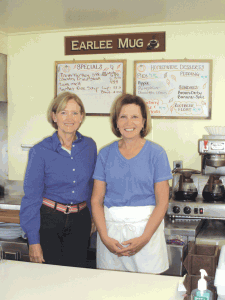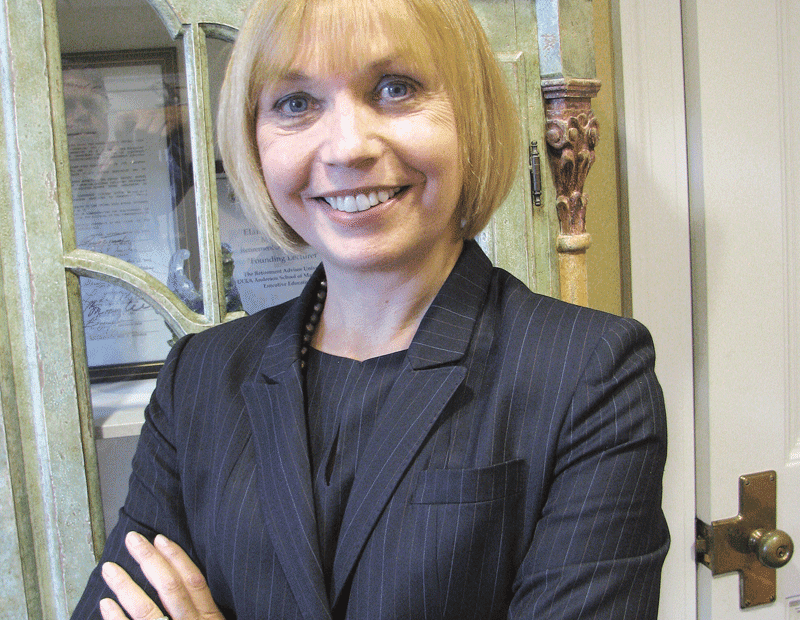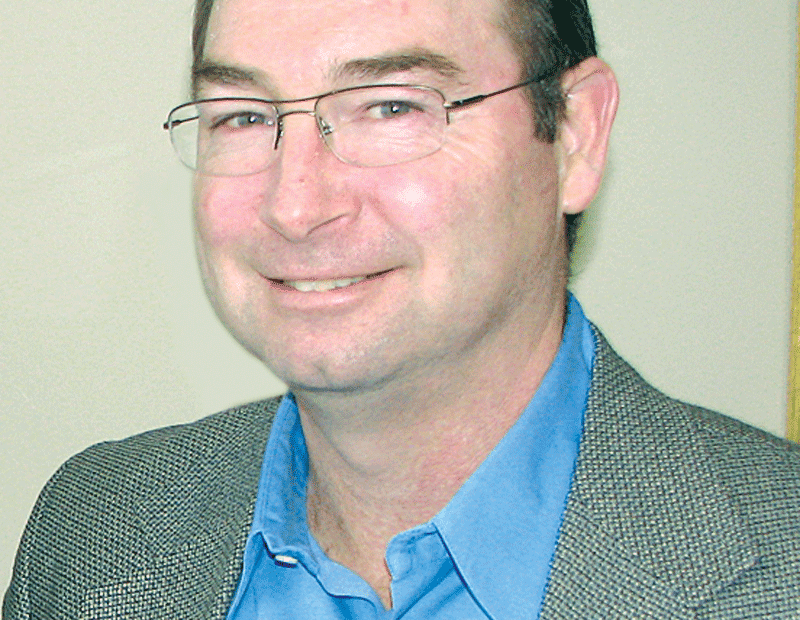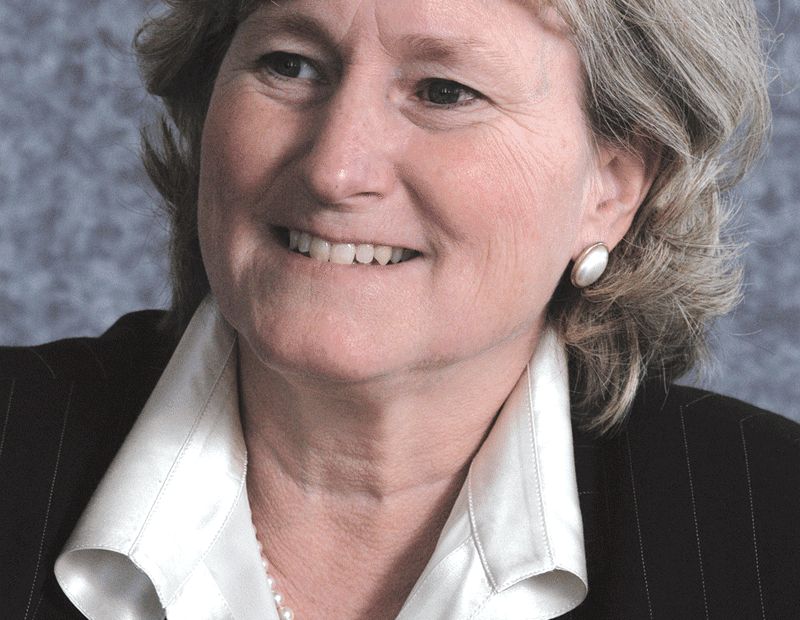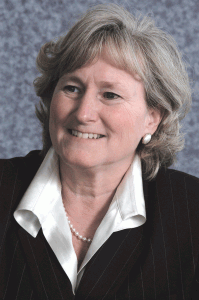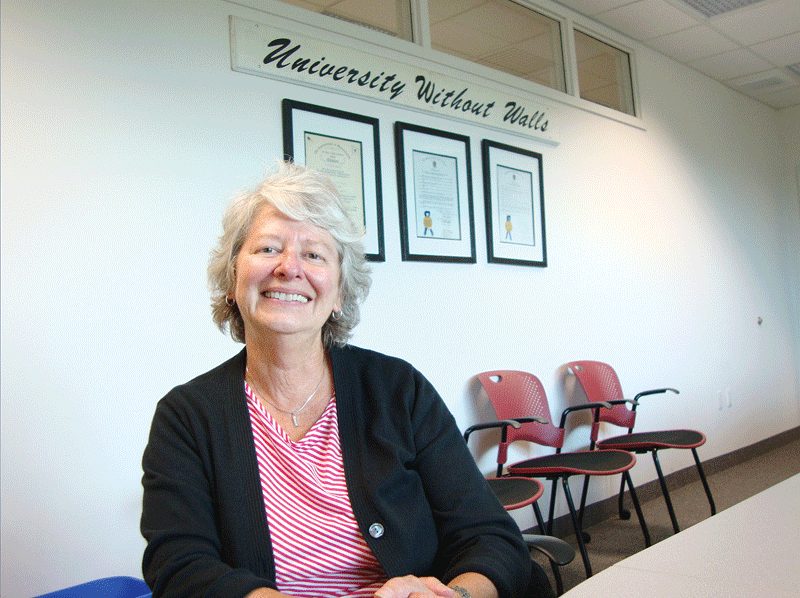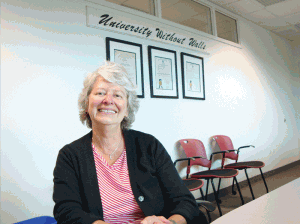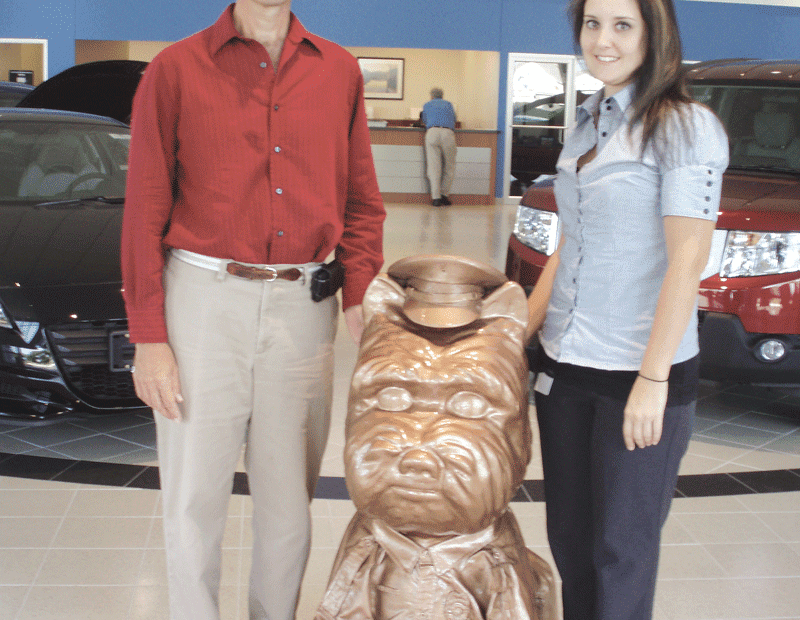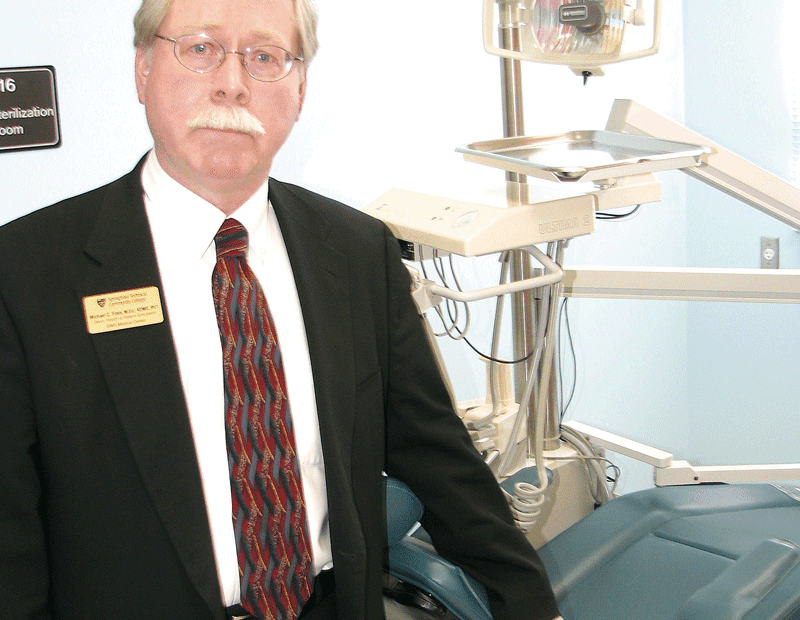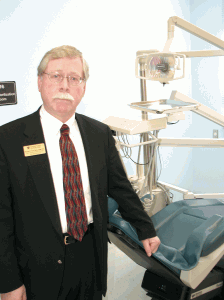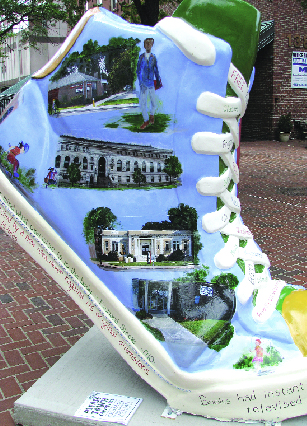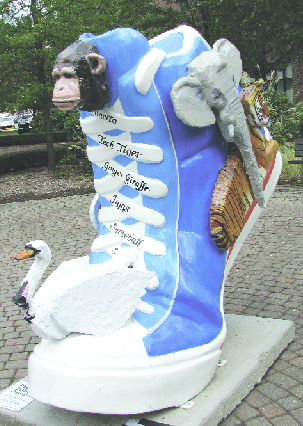This New Tool Takes Construction to Another Dimension
The $230 million Hospital of the Future taking shape at Baystate Medical Center is the largest building project in the region’s history, and it is drawing attention for everything from its size to its projected impact on the health care landscape. The initiative is noteworthy for another reason — it represents one of the first, and largest, implementations of building information modeling, a new and exciting construction tool, or process, that effectively simulates a project’s many phases or individual components, thus minimizing the chances for error and reducing the cost of a project.By GEORGE O’BRIEN
Ed Tobin was talking about the “good old days.”
They weren’t that long ago, he told BusinessWest, and, well, in retrospect, they weren’t that good, at least when compared to the new way of doing business in the construction industry, made possible by something called building information modeling, or BIM for short.
In those old days, builders and architects would have to pore over thousands of two-dimensional drawings to see how a building is supposed to come together, Tobin, general supervisor for Berry Construction, explained. “Now, through BIM, they can use three-dimensional computer models and advanced GPS [global positioning system] to essentially simulate and coordinate a project well before actual work begins. In so doing, they can see potential problems emerging before they happen, saving time, money, and headaches.”
What’s more, various aspects of a construction project can be handled simultaneously, he continued, where before, things were done on much more of a sequential basis, because one subcontractor would have to see how a phase of work was completed before beginning his assignment.
“This is going to change the whole way we do construction — and construction doesn’t change easily,” said Tobin, who spoke to BusinessWest in one of several Berry trailers now parked at Baystate Medical Center for construction of that facility’s $230 million Hospital of the Future.
BIM is playing a huge role in the Baystate undertaking, said Stanley Hunter, ‘project executive for the BMC Hospital of the Future’ (that’s what it says on his business card). He started by saying that the tool takes construction to another dimension, but quickly amended that to note that BIM takes building well beyond 3-D.
Elaborating, he said the key word in the phrase ‘building information modeling’ is the middle one. In addition to providing 3-D models of what buildings and individual components will look like, BIM provides contractors, subcontractors, and architects with more data sharing than they are used to.
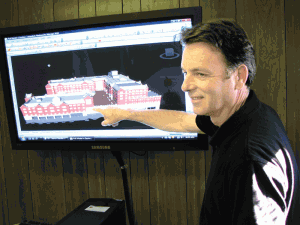
Ed Tobin says BIM represents a vast improvement over how projects were coordinated in the “old days.”
“Five, 10, 15 years from now, when our staff has to go back and maintain this building, they can just click on that button and know how to replace something,” he explained. “So BIM goes well beyond the drawing phase.”
While Hunter used words to describe how BIM works, Tom Hill, project engineer for Berry, provided a powerful demonstration that more than backed up the commentary.
He called up a three-dimensional image of the Hospital of the Future, and then used his mouse and a few key strokes to turn it in every direction, so that one could even see the footings underneath the massive structure. Through BIM, he peeled off layers of the building, taking it right down to the structural steel. He took BusinessWest down hallways, inside new operating rooms, and then above the ceiling to show, in great detail, what goes where and how it will all come together.
When asked to quantify how much BIM might save Baystate in this massive project, Hunter said that would be very difficult to do, especially at this stage. But he could qualify it. “As they say in construction and every other business, time is money,” he noted. “And BIM will save us all kinds of time.”
For this issue, BusinessWest takes an indepth look at BIM from the perspective of the Baystate project. Those now working with the tool used various superlatives to describe it, but Tobin might have summed it up best when he said, “this reinvents how everybody works.”
Work in Progress
Both Hunter and Tobin stressed repeatedly that BIM is still very much in its infancy — which is just one of many things to get excited about when it comes to this process.
Indeed, as they looked at the images that Hill put up on the screen and talked about how BIM is changing the face of construction, they allowed themselves to ponder what might happen with this technology over the next decade or two.
“Five or 10 years years ago, GPS couldn’t get you within 100 feet of where you needed to be — it wasn’t applicable,” said Tobin. “Now, it can you within an eighth of an inch. And five years from now … who knows?”
But the present tense is certainly exciting enough, said Tobin, who noted that, while Berry first worked with BIM on a recent project at the Massachusetts Institute of Technology, the Hospital of the Future is by far the largest of the company’s projects to make use of the tool.
And he doubts there will be any large-scale projects undertaken without it in the future. That’s because BIM essentially changes the dynamic of a building project.
Hunter agreed, and said, in essence, that BIM will let construction and design teams know if something is buildable, or determine what Hunter called “constructability,” and then it will provide what amounts to high-tech, three-dimensional blueprints to be followed.
Elaborating, he said these blueprints are models of the actual parts and pieces being used to build a building. These models effectively ease the transition from the design phase to the construction phase by greatly improving the communication process between the parties involved.
The many benefits from BIM were generally known when the Hospital of the Future began to take shape on the drawing board, said Hunter, noting that, long before construction commenced in late 2008, Baystate officials had become sold on the technology’s capabilities and wanted to put them to the test.
To make a long story short, they have, and in the process, the Baystate project is providing lessons to both the health care industry and the construction sector about how BIM can be applied to not only large-scale projects, but also those on a much smaller level as well.
“We’re testing the boundaries of what we can do with BIM with this project,” he said, adding that he and others have been giving many demonstrations of how the process works. “There are many people in our industry trying to figure out ways that this can applied, so we’re fortunate to have this large project that we can apply it to.”
Tobin concurred, and before explaining how BIM works and why it is such a vast improvement, he returned to those aforementioned old days, meaning maybe a year ago.
When a project was handed off to a company like Berry, he and those representing the subcontractors would have to look over hundreds, if not thousands, of two-dimensional drawings to determine how floors, walls, and various mechanicals, including electrical systems, plumbing, and ductwork would come together.
“We’d have a series of meetings where we’d actually take a light table and lay these mylar drawings on top of one another and look for conflicts, look for two systems that hit each other and have to be moved,” he said. “It took months and months and months and dozens of these meetings to get the point where you were coordinated.”
BIM takes away all that handwork, he continued, adding that the computer software quickly and efficiently identifies potential hits. “It eliminates a lot of the time and solves potential conflicts.”
Model of Efficiency
To show how BIM accomplishes all this, Hill put his mouse to work.
He showed the Hospital of the Future from a number of angles, and then, after selecting one particular view, showed how the software can strip away layers of the building until only the steel remains.
Later, he focused on one of the operating rooms that will soon take shape and the “very coordinated spaghetti,” as Hunter called it, that represents the various mechanical systems, from plumbing to sprinkler systems, that would be installed in the high-tech ORs.
There is little margin for error when it comes to putting these systems in, Hunter continued, adding that, through the use of BIM, a contractor can greatly simplify and quicken the process known as clash modeling, or identifying where systems may collide and then making adjustments so they don’t.
“By using BIM, you’re essentially building something virtually before you build it in the field,” he explained. “So you can coordinate things so they don’t hit one another once you install them. And since you’re then confident that a system is in the right position, you can prefabricate long runs of that pipe instead of just building it all on site. So that makes the prefabrication process simpler, as well as the installation.
“In the first run-though, when you get everything plugged in, you’ll get hundreds of clashes, and then you sequentially go through them and solve them all,” he continued. “BIM tells them very quickly where the problems are; it takes a process that used to take a month down to a few hours and a few phone calls.”
In those old days, blueprints would simply be redrawn until the conflicts were eliminated, said Tobin, but inevitably, hits would be missed, a unction of human error that BIM eliminates.
“You’ll miss some when you’re hand-drawing things,” he explained. “But the computer doesn’t miss much.”
And because it doesn’t, Hunter and Tobin agree that the Baystate project has been a huge success in demonstrating just how beneficial BIM can be in construction projects of all sizes. Quantifying those benefits is difficult, and it may not be until this project is over before those involved with it can even begin to speculate on how much of a cost savings has been achieved because this process was chosen over traditional methods.
But Hunter believes that several months of time could eventually be taken off the construction process, and, as he said, time is certainly money. Meanwhile, Tobin believes use of BIM could easily take a few percentage points off the cost of a building project.
“As it becomes the standard, and as subcontractors become more comfortable with it, they won’t have to count every light switch; they can just push a button and know that there’s 5,000 light switches in the building,” he explained. “Just think about how much that saves over bringing an estimator out. And their prices go down, too, because they don’t have to spend as much time on coordination.
“There’s a lot of savings in terms of time and money,” he continued, adding that BIM will become even more efficient and cost-effective in the future. “This is what computers were invented to do; now we just have to apply it.”
Building Momentum
As he posed for some pictures on the roof of the parking garage across an entranceway from the construction site, Hunter said the project is on schedule for completion in the fall of 2011, and the facility should be open by early in 2012.
BIM has a lot to do with the pace of construction and scarcity of problems that can often hinder progress with such an undertaking, he continued, indicating that, if Baystate is indeed testing the boundaries of BIM with this project, then its potential may not have boundaries.
So while the name of this project is the Hospital of the Future, it has become a fertile testing ground for the building process of the future, one that, as Tobin said, reinvents how everyone works.
George O’Brien can be reached
at [email protected]



